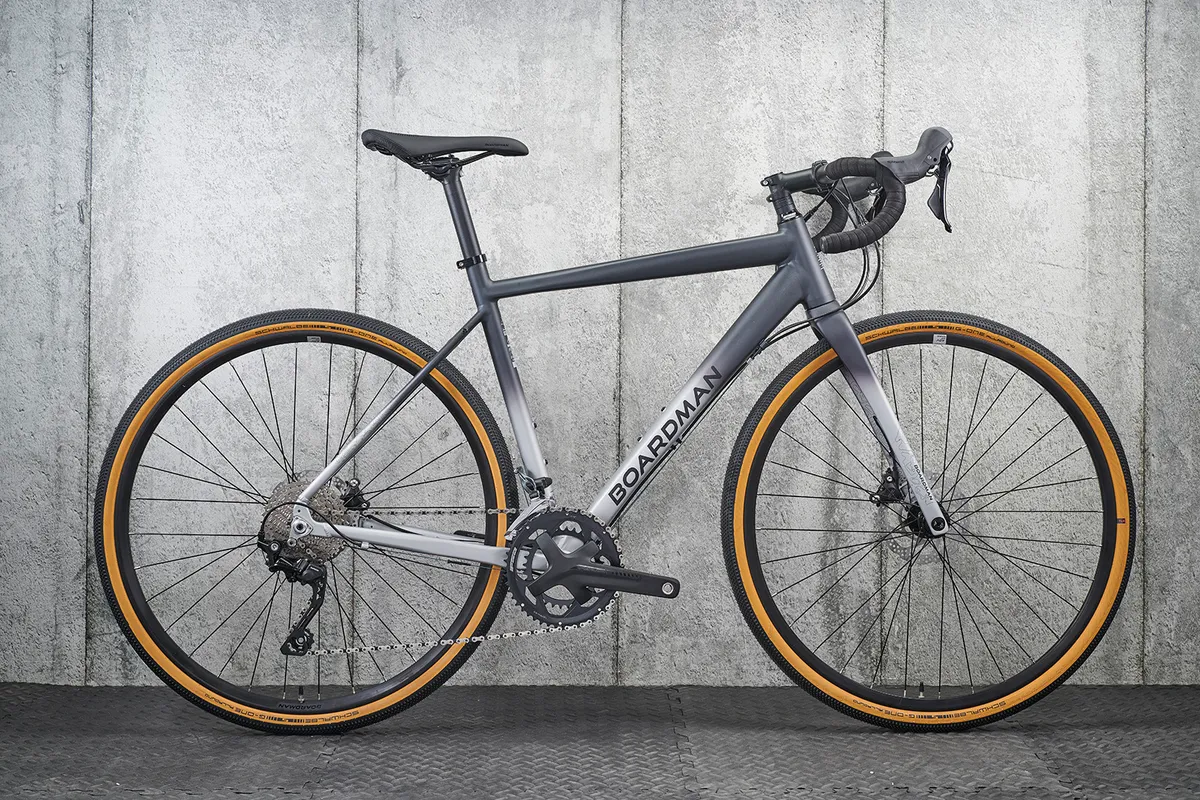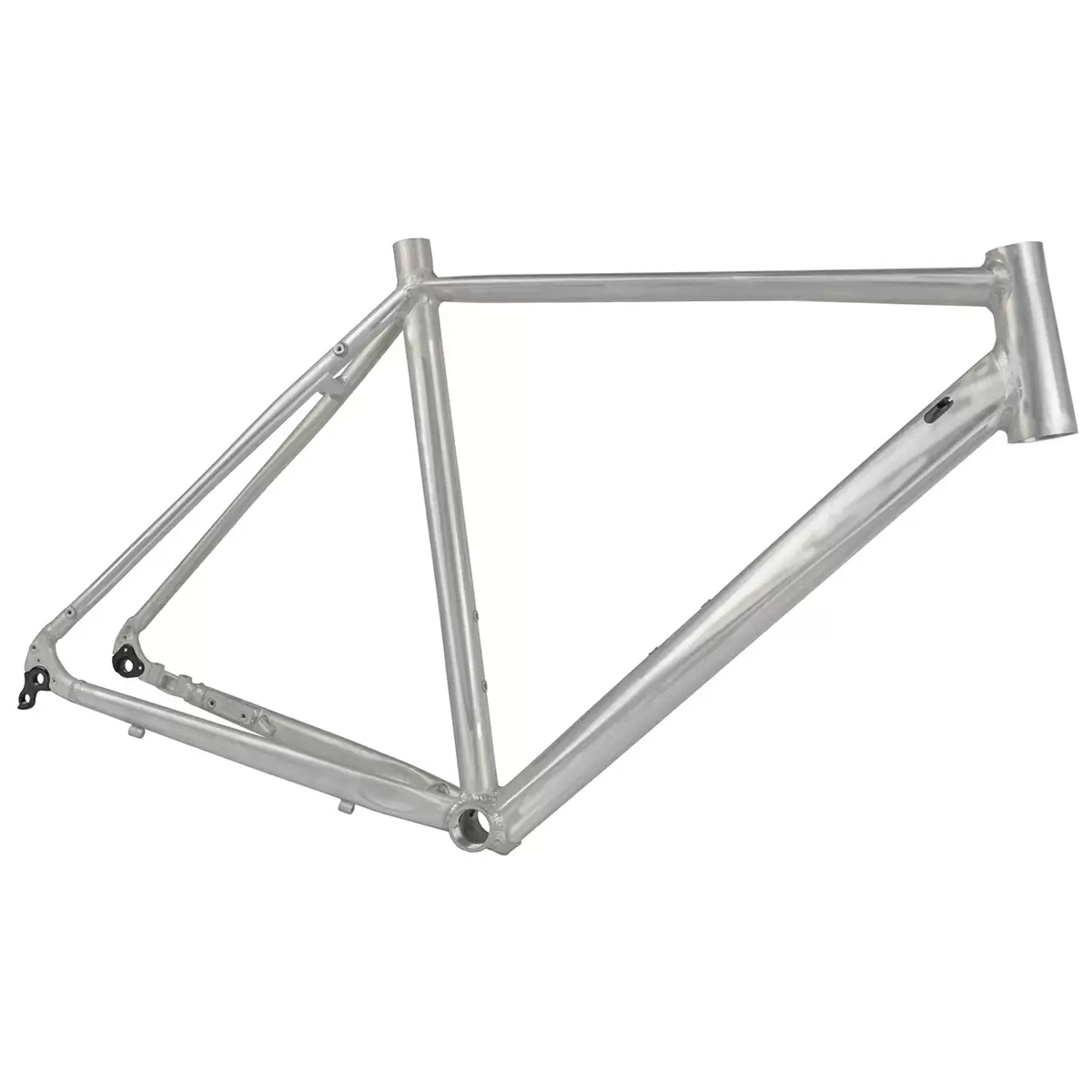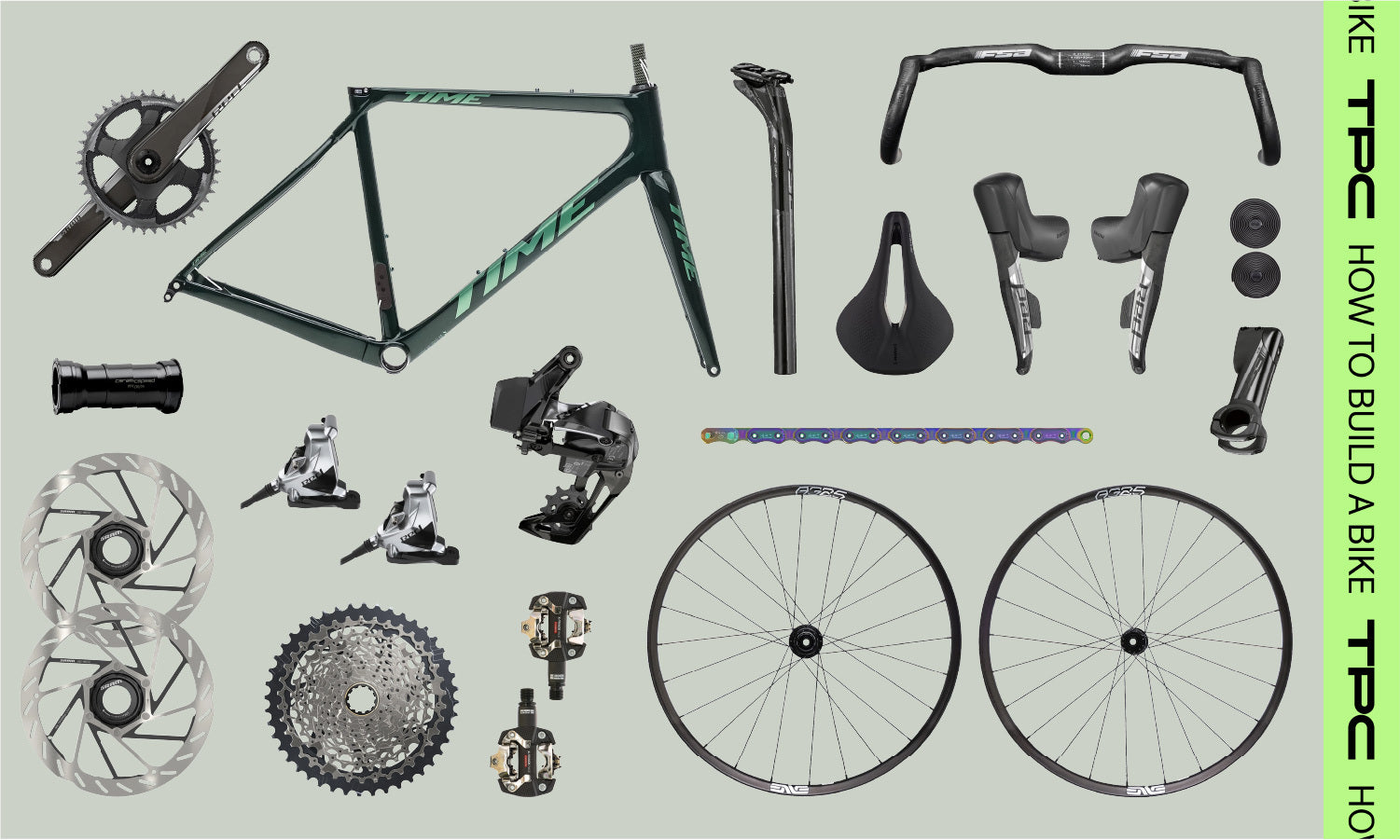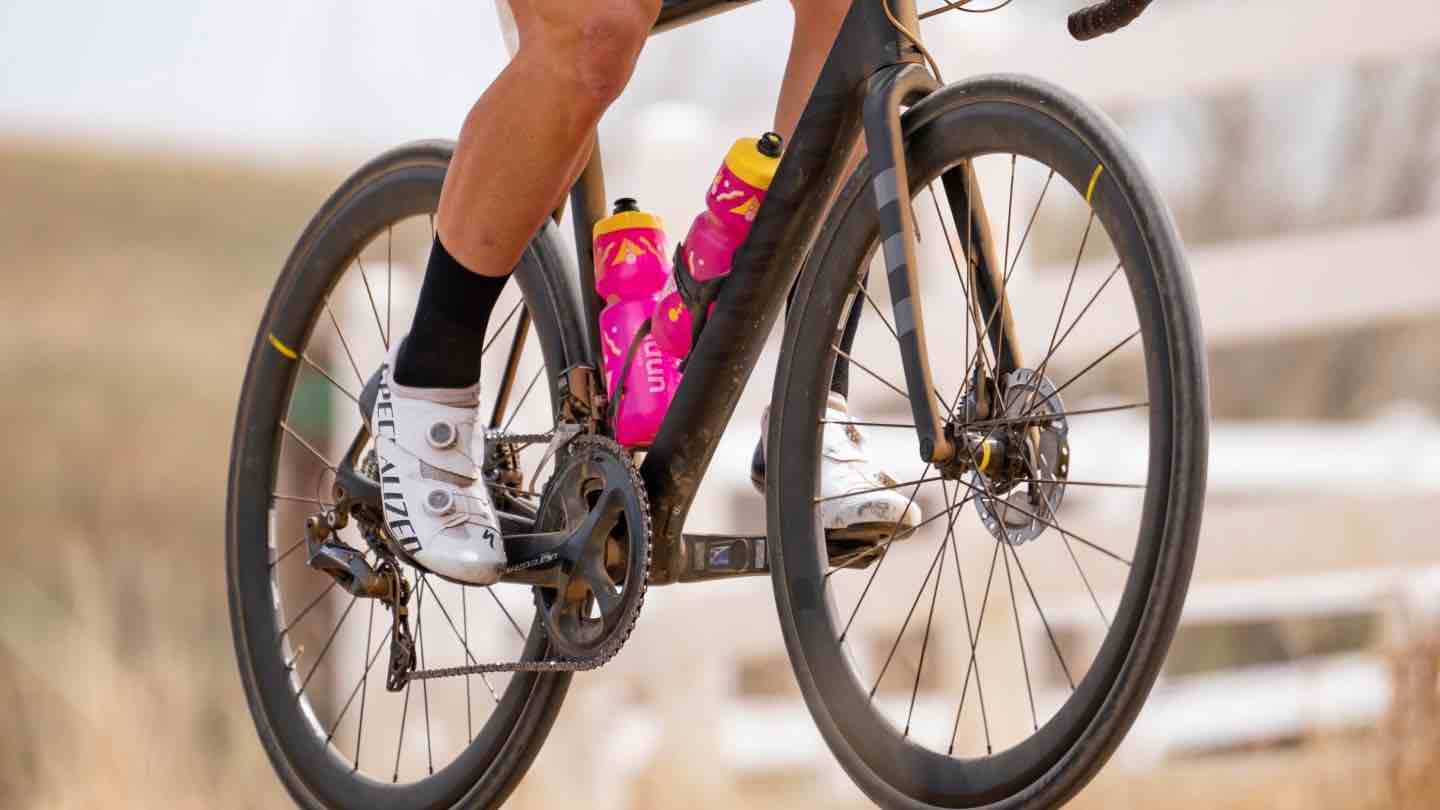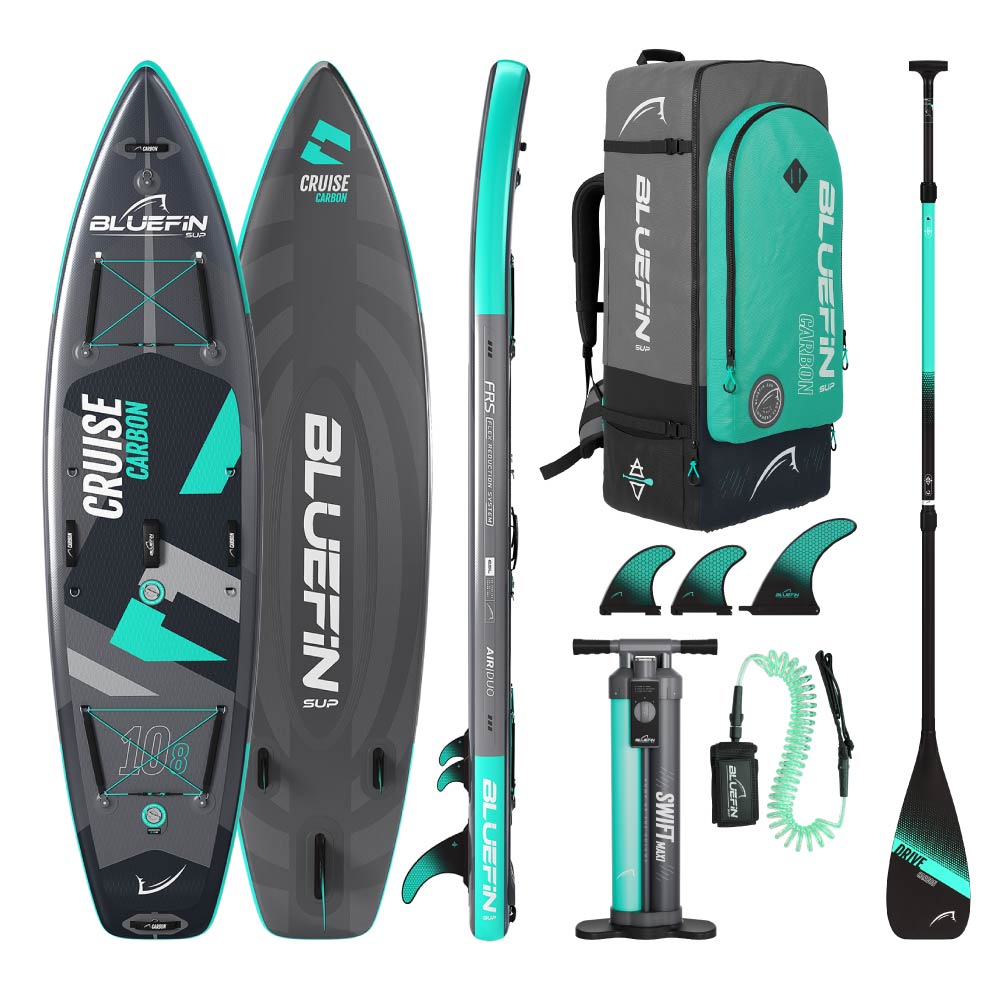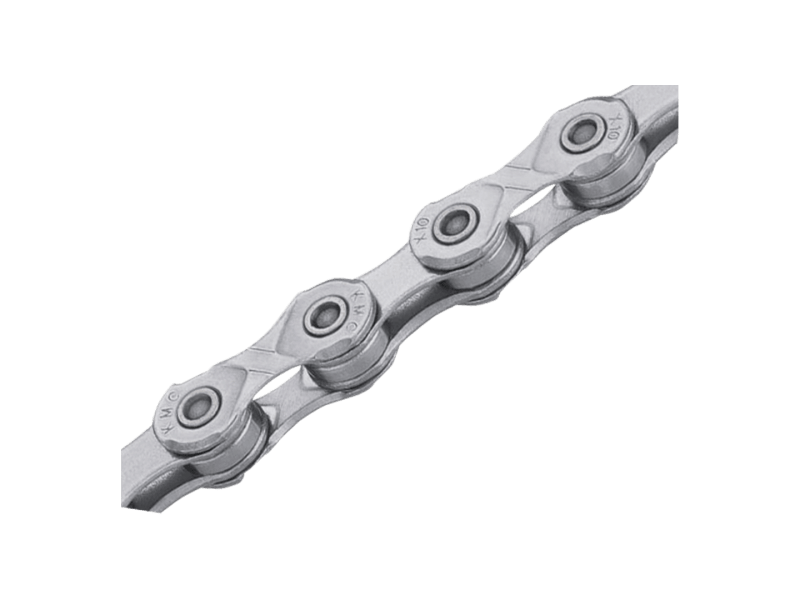To bicycle faster, improve your fitness and optimize your riding technique. Use a lighter bike and maintain a streamlined posture.
Cycling faster involves strategic training and efficient techniques. Start by incorporating interval training into your routine. Short bursts of high intensity followed by recovery periods enhance your speed and stamina. Keep your bike in top condition by regularly servicing it.
Ensure the tires are properly inflated and the chain is lubricated. A well-maintained bike can significantly improve your performance. Adjust your riding posture to minimize air resistance. Tuck in your elbows and lower your torso to reduce drag. Consistent practice and a focus on these key areas will help you achieve faster cycling speeds.
Choosing The Right Bike
Choosing the right bike is crucial for increasing your cycling speed. A well-suited bike can make your ride smoother and faster. In this section, we'll explore the types of bikes and the importance of a proper bike fit.
Types Of Bikes
Different bikes serve different purposes. Here are some common types:
- Road Bikes: Designed for speed on paved roads. They have lightweight frames and thin tires.
- Mountain Bikes: Built for off-road trails. They have sturdy frames and thick, knobby tires.
- Hybrid Bikes: A mix of road and mountain bikes. They are versatile and good for general use.
- Time Trial Bikes: Optimized for aerodynamics. These bikes are for competitive racing.
Choosing the right type depends on your riding style and goals.
Bike Fit
A proper bike fit is essential for comfort and efficiency. Here are key factors:
- Frame Size: Ensure the frame matches your height. A wrong frame size can cause discomfort.
- Saddle Height: Adjust the saddle so your leg is almost straight at the bottom of the pedal stroke.
- Handlebar Position: Handlebar height and reach should be comfortable. It prevents strain on your back and shoulders.
- Cleat Position: Align your cleats properly. It improves pedal efficiency and reduces injury risk.
Consider getting a professional bike fitting. It ensures every adjustment is optimal for you.

Credit: www.wikihow.com
Optimizing Your Gear
To bicycle faster, optimizing your gear is essential. Using the right components and accessories can significantly improve your speed. Below are key areas to focus on.
Lightweight Components
Switching to lightweight components can make a huge difference. Lighter parts mean less weight to push, making you faster.
- Carbon Fiber Frame: Consider investing in a carbon fiber frame. It's lightweight and strong.
- Lightweight Wheels: Choose wheels made from carbon or other light materials. They reduce rotational weight.
- Aluminum Components: Use aluminum for your handlebars, seat post, and stem. It's lighter than steel.
Aerodynamic Accessories
Aerodynamic accessories help reduce wind resistance. This allows you to slice through the air more easily.
| Accessory | Benefit |
|---|---|
| Aero Helmet | Reduces drag on your head. |
| Aero Bars | Improves your riding position. |
| Aero Wheels | Reduces wind resistance on wheels. |
Using these accessories can give you a speed advantage. They streamline your bike and body.
Enhancing Your Riding Technique
Improving your riding technique can greatly enhance your cycling speed. Let's break down the key areas to focus on for a faster ride.
Proper Posture
Maintaining a proper posture is essential for speed. Keep your back straight and avoid slouching. Bend your elbows slightly to absorb shocks. This reduces strain on your back and wrists.
Position your hands on the handlebars correctly. This ensures you can control the bike better. Make sure your knees move in a straight line. This prevents knee injuries and increases pedaling efficiency.
Efficient Pedaling
Efficient pedaling involves more than just pushing down. Use the entire pedal stroke effectively. Divide the pedal stroke into four parts:
- Top: Push forward
- Down: Push down
- Bottom: Pull back
- Up: Pull up
Practice pedaling in circles to use all muscle groups. This maximizes power transfer and reduces fatigue.
Use a high cadence to pedal efficiently. Aim for 80-100 revolutions per minute (RPM). This puts less strain on your muscles and helps maintain a steady speed.
Incorporating these tips into your daily rides can help you cycle faster. Focus on proper posture and efficient pedaling to see noticeable improvements.
Training For Speed
Want to bicycle faster? Focus on training for speed. This section covers two main areas: interval training and strength workouts. Both methods can help you improve your cycling performance.
Interval Training
Interval training involves alternating between high and low-intensity cycling. It boosts your speed and endurance.
| High-Intensity Phase | Low-Intensity Phase |
|---|---|
| 30 seconds of sprinting | 90 seconds of easy pedaling |
| 1 minute of fast cycling | 2 minutes of slow cycling |
Repeat these intervals 5 to 10 times. Rest for 5 minutes between sets.
Strength Workouts
Strength workouts build the muscles needed for cycling. Focus on key muscle groups like the legs, core, and back.
- Squats
- Lunges
- Planks
- Deadlifts
Perform these exercises 2-3 times a week. Use proper form to avoid injury. Add resistance gradually for better results.
Nutrition And Hydration
Proper nutrition and hydration are key to cycling faster. Your body needs fuel and water to perform its best. Let's explore how to optimize your diet and hydration.
Pre-ride Meals
Eating the right foods before a ride boosts your energy levels. Aim for a balanced meal with carbs, proteins, and fats.
- Carbs: Provide quick energy. Try oatmeal, bananas, or whole-grain bread.
- Proteins: Help repair muscles. Include eggs, yogurt, or lean meats.
- Fats: Offer sustained energy. Nuts, avocado, and olive oil are great choices.
Eat 2-3 hours before your ride. This gives your body time to digest.
Hydration Strategies
Staying hydrated helps you cycle faster. Drink plenty of water throughout the day.
Here's a simple hydration plan:
- Before the ride: Drink 16-20 ounces of water.
- During the ride: Sip water every 15-20 minutes. Aim for 8-10 ounces per hour.
- After the ride: Replenish lost fluids. Drink at least 16 ounces.
Consider sports drinks for rides longer than an hour. They replace lost electrolytes.
| Time | Action | Amount |
|---|---|---|
| Before Ride | Drink Water | 16-20 ounces |
| During Ride | Sip Water | 8-10 ounces per hour |
| After Ride | Replenish Fluids | 16 ounces |
Fuel your body right. Stay hydrated. Cycle faster!
Credit: www.reddit.com
Maintenance And Upkeep
Keeping your bicycle in top condition is crucial for speed. Proper maintenance ensures your bike performs at its best. Small issues can slow you down. Regular upkeep can make a big difference. Let's delve into important areas.
Regular Tune-ups
Regular tune-ups are essential. A well-tuned bike rides faster. Aim for a tune-up every three months. Check the gears, brakes, and chain. Ensure everything works smoothly. A professional tune-up includes:
- Adjusting gears
- Inspecting the chain
- Checking the brakes
- Lubricating moving parts
These steps help maintain optimal performance. A smooth-running bike means less effort and more speed.
Tire Pressure
Proper tire pressure is key to riding faster. Low tire pressure creates more rolling resistance. This slows you down. Check your tire pressure before every ride. Use a pressure gauge for accuracy. Follow the manufacturer's recommended pressure range.
Here's a quick guide:
| Tire Type | Pressure (PSI) |
|---|---|
| Road Bike | 80-130 PSI |
| Mountain Bike | 30-50 PSI |
| Hybrid Bike | 50-70 PSI |
Always check for punctures. Replace old or worn tires. Proper tire maintenance can drastically improve your speed.
Mindset And Mental Focus
Improving your bicycle speed requires more than just physical training. Your mindset and mental focus play crucial roles in reaching peak performance. Understanding and harnessing these mental strategies can help you ride faster and more efficiently.
Goal Setting
Setting clear goals can significantly enhance your cycling performance. Goals give you a target to aim for and keep you motivated. They can be categorized into short-term, medium-term, and long-term objectives.
| Goal Type | Example |
|---|---|
| Short-term | Improve speed by 1 km/h this week |
| Medium-term | Complete a 50 km ride in 2 hours |
| Long-term | Finish a 100 km race in under 4 hours |
Write down your goals and review them regularly. This helps keep you focused and accountable.
Visualization Techniques
Visualization can be a powerful tool for cyclists. By imagining yourself riding faster, you can train your brain to achieve those speeds. This technique involves creating a mental image of your desired performance.
- Find a quiet place to sit.
- Close your eyes and picture yourself cycling at your target speed.
- Imagine the feeling of the wind, the road, and your legs moving smoothly.
- Repeat this visualization daily for 5-10 minutes.
Consistent visualization can build confidence and improve your actual performance on the bike.
Safety And Efficiency
Riding your bicycle faster is exciting. But it must be safe and efficient. Focusing on safety and efficiency will help you ride smoothly. Here are some tips to help you achieve that.
Road Awareness
Road awareness is crucial for safe riding. Always look ahead and be alert. Watch out for cars, pedestrians, and other cyclists.
- Stay in your lane.
- Use bike lanes if available.
- Obey traffic signals and signs.
Use hand signals to communicate your intentions. This helps others predict your moves. Wear bright clothing to be visible, especially at night.
Energy Conservation
Conserving energy helps you ride faster for longer. Focus on smooth pedaling to save energy. Avoid sudden bursts of speed.
- Use a steady pace.
- Shift gears appropriately.
- Maintain a comfortable cadence.
Keep your bike well-maintained. Lubricate the chain and check tire pressure. A well-maintained bike requires less effort to ride.
| Tip | Description |
|---|---|
| Stay Hydrated | Drink water to maintain energy levels. |
| Eat Wisely | Consume light snacks for sustained energy. |
By focusing on safety and efficiency, you can enjoy faster and smoother rides. Stay alert and conserve your energy for the best cycling experience.

Credit: m.youtube.com
Frequently Asked Questions
How Can I Increase My Cycling Speed?
To increase your cycling speed, focus on interval training and strength workouts. Maintain a consistent cadence and invest in a quality bike.
What Are The Best Exercises For Cyclists?
The best exercises for cyclists include squats, lunges, and core workouts. These exercises improve leg strength and stability.
How Does Bike Weight Affect Speed?
A lighter bike reduces the effort needed to pedal, increasing speed. Invest in lightweight components for better performance.
Should I Use Clipless Pedals For Cycling Faster?
Yes, clipless pedals improve pedaling efficiency and power transfer. They help you cycle faster and more efficiently.
Conclusion
Mastering the techniques to bicycle faster can greatly enhance your cycling experience. Focus on proper gear, posture, and regular practice. Remember, consistency is key. Use these tips to see significant improvements. Happy cycling and enjoy the ride!

